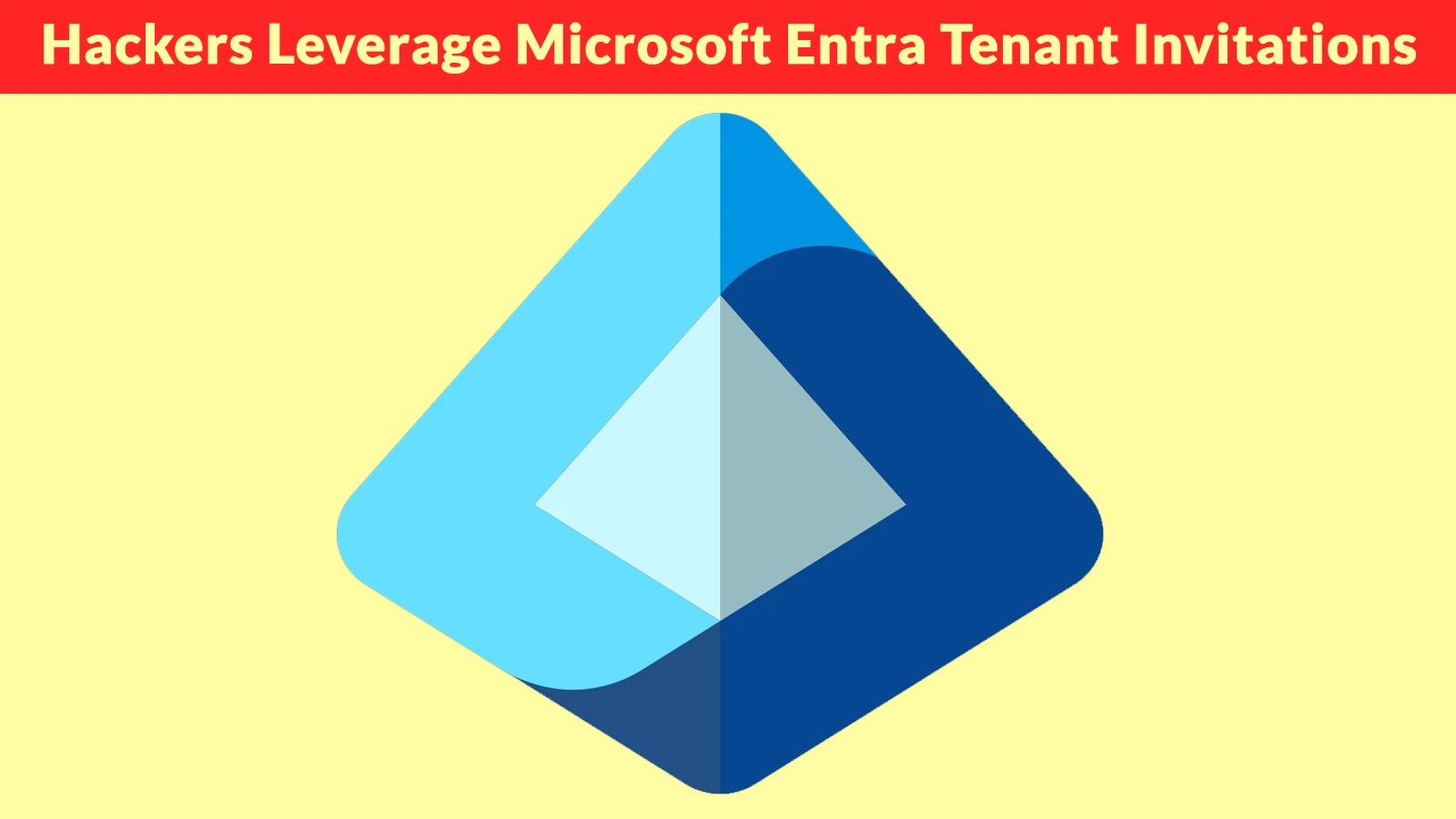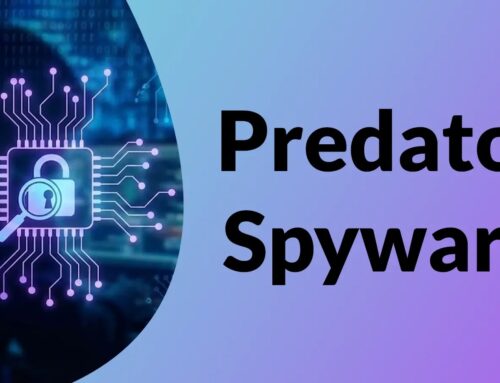
Hackers Leverages Microsoft Entra Tenant Invitations to Launch TOAD Attacks
A disturbing new trend has emerged within the cybersecurity landscape: attackers are weaponizing Microsoft Entra (formerly Azure AD) tenant invitations to orchestrate highly effective social engineering campaigns. This isn’t just another phishing attempt; it’s a cunning exploitation of a legitimate collaboration feature, transforming it into a conduit for sophisticated TOAD (Telephone-Oriented Attack Delivery) attacks. For IT professionals and security analysts, understanding this vector is paramount to defending organizational boundaries.
The Deceptive Lure: Microsoft Entra Invitations as a Weapon
The core of this novel phishing campaign lies in its ingenious use of Microsoft Entra guest user invitations. Ostensibly designed to facilitate secure collaboration with external partners, these invitations are now being co-opted by malicious actors. The attack chain begins with an authentic-looking email, often leveraging the trusted branding and legitimate communication channels of Microsoft Entra ID. Recipients, assuming the invitation is from a valid business associate or a legitimate service, are more likely to engage.
This method circumvents traditional email security gateways that might flag suspicious links or attachments. Because the initial email originates from a trusted Microsoft domain (even if triggered by an attacker), it often bypasses spam filters and lands directly in the user’s inbox, creating a false sense of security.
Understanding TOAD Attacks and the Social Engineering Twist
Once the recipient accepts the seemingly innocuous invitation, they are often directed to a malicious landing page or presented with further deceptive instructions. This is where the TOAD element comes into play. Instead of direct credential harvesting via a fake login page, the attackers prompt the user to make a phone call to a “support” number. This number, of course, connects them directly to individuals posing as Microsoft support representatives.
The attackers, now engaged in a live conversation, employ classic social engineering tactics. They might claim to be helping the user resolve an “account issue” or “security alert” purportedly triggered by the guest invitation. During this call, they attempt to coax the victim into revealing sensitive information, installing remote access software, or even performing administrative actions that compromise their system or corporate network. The human element of the call adds a layer of credibility that many email-based phishing attempts lack, making it incredibly effective against unsuspecting targets.
Why this Microsoft Entra Vulnerability is Critical
This attack vector highlights a significant security gap: the inherent trust placed in legitimate communication mechanisms. Microsoft Entra’s robust framework for managing external identities, while crucial for modern cloud-based collaboration, can be weaponized if user awareness and additional security layers are not in place. The legitimacy of the invitation source significantly lowers a user’s guard, making them more susceptible to the subsequent social engineering efforts. This particular method leverages the established trust model of Microsoft’s ecosystem, making detection challenging through conventional means.
Remediation Actions and Proactive Defense Strategies
Defending against these sophisticated TOAD attacks requires a multi-layered approach, combining技术 controls with robust security awareness training. Focusing solely on email filters will be insufficient.
- Enhanced User Training and Awareness: Educate users about the dangers of unsolicited invitations, even from seemingly legitimate sources. Emphasize verifying the sender’s identity through alternative, trusted channels (e.g., a phone call to a known contact) before accepting any guest invitation or calling a provided support number.
- Implement Multi-Factor Authentication (MFA): Enforce strong MFA for all users, especially those with elevated privileges. While MFA won’t prevent the initial invitation, it adds a critical layer of defense if attackers manage to harvest credentials.
- Review and Restrict Guest User Access: Regularly audit guest user accounts and their associated permissions. Implement policies that restrict guest user capabilities to the absolute minimum necessary for collaboration. Consider using conditional access policies to limit where and how guest users can access resources.
- Monitor Microsoft Entra Audit Logs: Continuously monitor Entra ID audit logs for unusual guest invitation activity, account provisioning, or changes in user permissions. Look for invitations from suspicious domains or to an unusually high number of external users.
- Conditional Access Policies: Leverage Microsoft Entra Conditional Access policies to enforce stricter controls on guest user access, requiring specific device compliance, trusted locations, or approved applications.
- Security Tooling: Implement Endpoint Detection and Response (EDR) solutions that can detect suspicious processes or remote access tool installations initiated during a TOAD attack.
- Incident Response Plan: Ensure your incident response plan includes procedures for addressing potentially compromised guest accounts or social engineering incidents involving phone calls.
Tools for Detection and Mitigation
While this vulnerability isn’t tied to a specific CVE (as it leverages social engineering on a legitimate feature), several tools can aid in detection and mitigation:
| Tool Name | Purpose | Link |
|---|---|---|
| Microsoft Entra ID Protection | Detects identity-based risks and automates remediation for suspicious user and sign-in behavior. | Microsoft Learn |
| Microsoft Sentinel | Cloud-native SIEM for security analytics, threat detection, and response across the enterprise. | Azure |
| Microsoft Defender for Endpoint | Advanced endpoint protection, EDR, and threat intelligence for detecting post-exploitation activities. | Microsoft Security |
| Security Awareness Training Platforms | Educates employees on phishing, social engineering, and safe cybersecurity practices. | (Various vendors, e.g., KnowBe4, Proofpoint) |
Conclusion
The exploitation of Microsoft Entra tenant invitations for TOAD attacks marks a significant evolution in social engineering tactics. It underscores the critical need for organizations to look beyond traditional perimeter defenses and focus on identity security, user behavior, and continuous education. By understanding the method, implementing robust security controls, and fostering a culture of cybersecurity awareness, organizations can significantly reduce their susceptibility to these increasingly sophisticated and difficult-to-detect threats.





